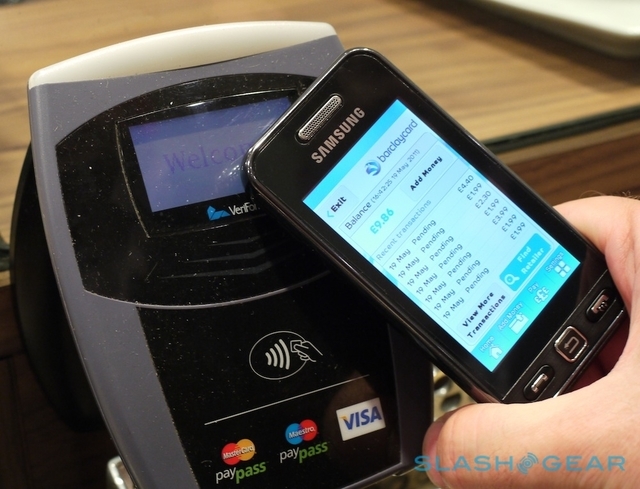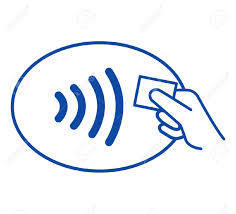

While the new EMV chip credit and debit cards are struggling for implementation, a new technology is beginning to replace the use of the actual plastic credit card altogether.
And the good news is all of the new equipment being installed to read the EMV chips already have this technology built in so there will not be an additional cash outlay for the business owner who wants to embrace the new payment advance.
For the consumer, nearly everyone with a smartphone less than two years old also has this technology in their pocket. Not only is this new technology secure, but it is also lightning fast.
The technology is called Near Field Communication and experts predict that point of sale transactions using NFC will grow to $545 billon by 2018. No doubt you have seen the NFC symbol – four wi-fi-like waves heading right — on credit card readers at the checkout stand.
Starbucks pioneered smartphone payment technology with its barcode-powered smartphone app, generating over $2 billion worth of transactions in 2014 and training its customers to use their phone to make a payment.
In 2015, ApplePay was introduced with the new iPhone 6 and 6S, using NFC technology. In head to head competition, Google revamped its Google Wallet application by introducing Android Pay. Not to be left behind, Chase Bank is introducing Chase Pay and Walmart is introducing its own Walmart Pay.
Both Apple and Android allow the user to attach one or more credit and debit cards to the account, allowing a choice for each separate transaction, just like pulling that card out of the wallet.
The obstacle to acceptance is security. Many people are reluctant to put their credit or debit card information into their smartphone for fear that the phone itself can be stolen. In addition to the passcode protection for opening the phone, most of the NFC apps have added a separate passcode to protect their use. Also, both Apple and Android have tracking programs built into their phones so that the owner can find their phone should it become lost or stolen.
Millennials, ages 18-34, now number 75.4 million and are leading the charge with this technology. They grew up in the age of personal computers and are using their smartphones for everything from a simple phone call to online purchases and banking transactions.
At checkout time, NFC technology allows the purchaser simply to hold a smartphone over the NFC symbol at the Point of Sale terminal to complete a transaction. This transaction is more secure than using the magnetic strip on the credit card and just as secure as using the new EMV chips. With NFC technology, a smartphone cannot be more than an inch from the reader device. No other devices beyond that distance can pick up the transaction signal.
The transactions are made using a security measure called a token. When you initiate a payment, your phone will send a token—a unique identifier of your phone and transaction—to the payment scanner to complete the transaction. The token is associated with your credit card (so the merchant knows whose account to withdraw money from) but is not your credit card. As a result, your actual credit card number is never sent wirelessly or shared with the merchant.
Apple is putting forward a major effort to advance their program and as of December 2015 had more than 700,000 retail locations signed up to accept Apple Pay, along with 100,000 Coca-Cola vending machines. Of course the Point of Sale readers don’t care whose NFC system you are using, which means that Android Pay along with Chase, Walmart, and any others entering the market are benefiting greatly from Apple’s promotional push.
A white paper published by Verifone, the global leader in secure electronic payment solutions and manufacturer of POS machines, states; “Consumers will be able to access a wallet app, tap their phone on a POS device and quickly and efficiently complete a transaction in just a few seconds. NFC makes it feasible for smartphone users to embrace mobile electronic wallet applications that can encompass credit/debit card accounts, loyalty programs, electronic couponing, e-gifting and other value-added applications.”
Google has also added a new feature to Android 4.4 called “Host Card Emulation” that makes is easier for companies to offer their own NFC-based mobile wallets. An independent coffee shop using this technology can develop its own pay and loyalty program that would be just as effective as the Starbuck’s app.
According to economists, mobile peer-to-peer payments in the U.S. are forecast to grow from $5.6 billion in 2014 to nearly $175 billion by 2019 as consumers increasingly skip the hassle of writing a check or going to an ATM.







